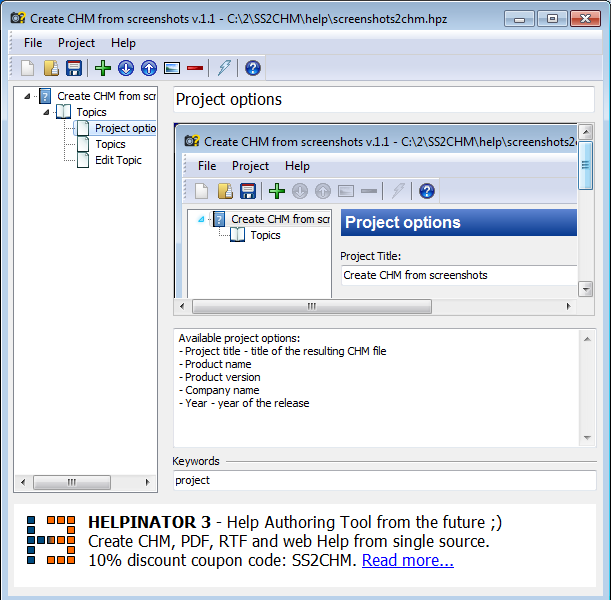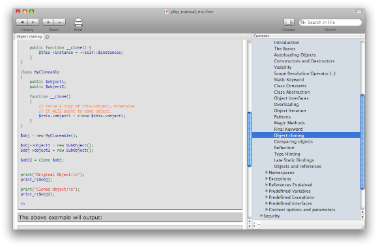

Right-click the attachment, and then click Copy. Locate the attachment in the email message. Once the renamed file is sent (or received), save it and rename it with the original extension using the following steps. For example, you can rename file.exe to file.docx. You can rename the file (or request that the sender rename the file) to use an extension that Outlook doesn't block. This creates a file with the same name as the original file, but the extension of. You can right-click any file in Windows 7, Windows 8, or Windows 10 and select Send to compressed (zipped) folder. Many third-party compression utilities are available.

Therefore, it doesn’t block the new attachment. Outlook doesn’t recognize these file name extensions as potential threats. Using a compression utility, such as WinZip, creates a compressed archive file that has a different file name extension.

To obtain a sharing link in OneDrive, highlight the file and choose Get Link in the menu bar. Note: For OneDrive and OneDrive for Business, you'll need to ask the sender to only send you a link to the file rather than attach the file to the email using OneDrive. Once you receive the link, you can open the file location and download the file. If you need to receive a blocked file, ask the sender to upload the file to OneDrive or SharePoint and send you a link. If you need to send a file that's blocked by Outlook, the simplest way to send your file is to upload it to OneDrive or a secure network share server such as SharePoint. You can save the file to the cloud and send a link to the file, use a file compression utility like WinZip, or even rename the file with another extension, then have your recipient change the name back to the original name after they receive the file. There are several ways to send and receive a blocked file. Contact your administrator for more assistance. Note: If you're using a Microsoft Exchange account, your email server administrator can unblock certain file types. If you need to send one of these file types to an email recipient, we recommend using OneDrive and sending the recipient a link to the file instead. exe and certain database files) as attachments. To help protect you and your recipients against computer viruses, Outlook blocks the sending and receiving of certain types of files (such as. One of the most common ways of transmitting computer viruses is through file attachments.


 0 kommentar(er)
0 kommentar(er)
